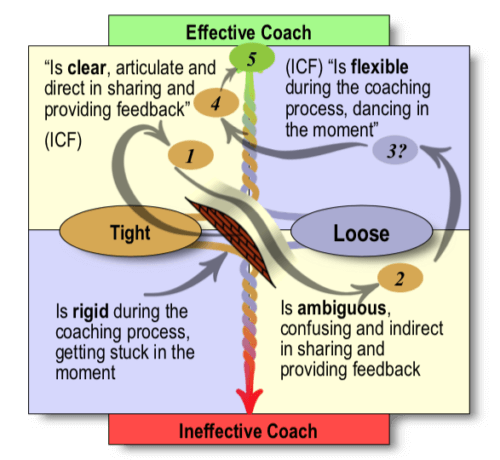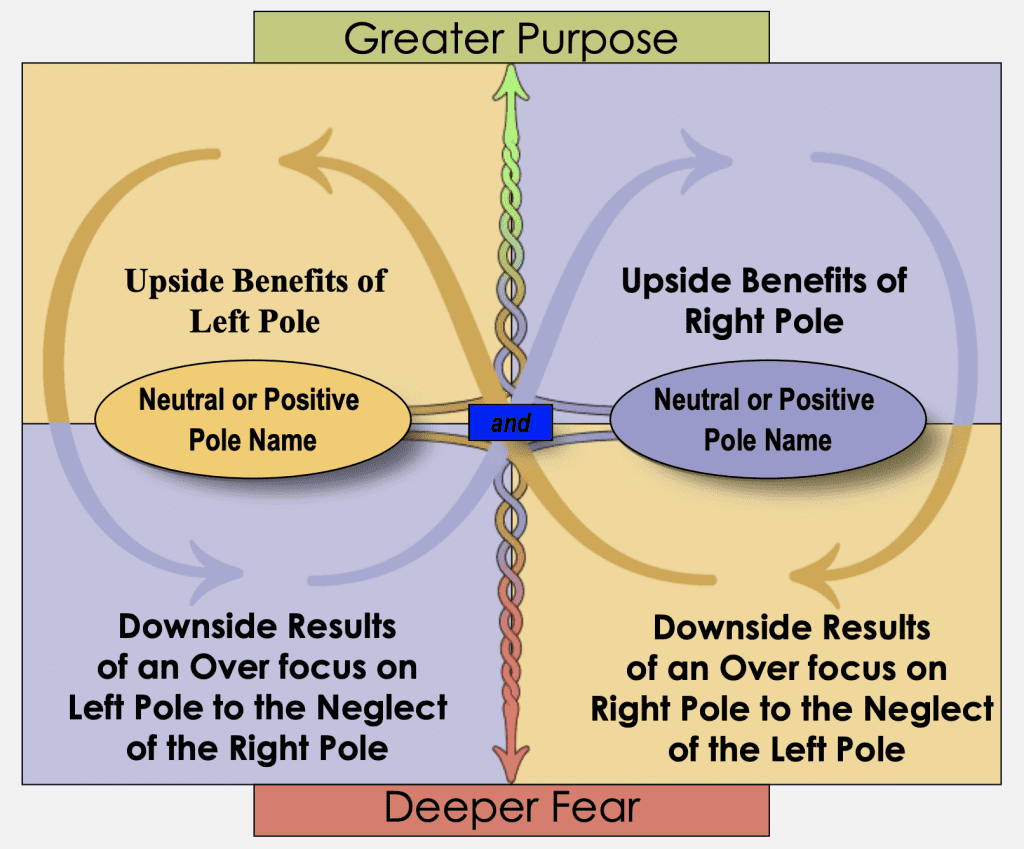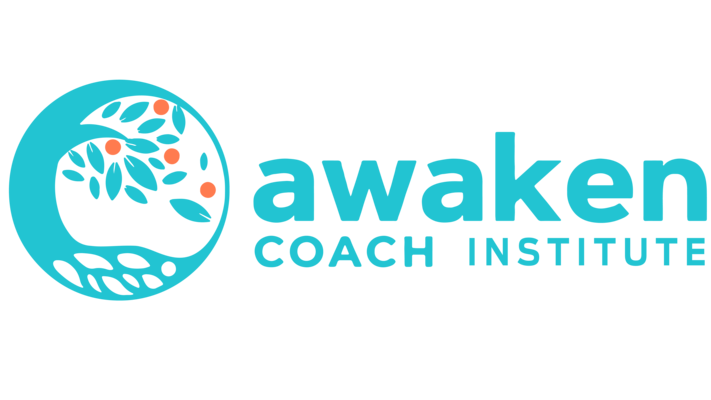Is it REALLY either/or?

It's been an interesting ride for me to have lived outside of my home country for half my life. I find that I can often see things from a variety of perspectives, and it sometimes baffles me when I see people getting outraged by one viewpoint or another (even though I do the same often enough myself).
Take the Olympic opening ceremony in Paris.
Some people saw it as a gorgeous, joyous, festive, contradictory, messy, over-the-top, oh-so-French tribute to love, inclusion, solidarity, diversity, and all the values the French hold dear. With tons of French history lessons included.
Others saw it as filled with crude woke propaganda, an affront to Christianity, filled with the spirit of provocation and discord, and a shameful ransacking of French culture by far-left extremists with atrocious taste.
?!Which was it!? Who knows, but what I do know is that both perspectives need each other. We want stability AND change. We want artistry AND order. We want joy AND consideration of others. These two poles need each other. Neither one wins if the other disappears.
Embracing Polarities in Coaching and Life
In life, so much is a polarity. Life and death, for example, are two sides of the same coin. Some people believe that death is sure to be better than life, and others firmly believe that life is better than death. Barry Johnson, in his book Polarity Management, introduces a powerful method to shift from an ‘either/or’ mindset to a ‘both/and’ approach.
In coaching, about 80% of issues revolve around dilemmas, paradoxes, or polarities. Clients often struggle to choose between options. Traditional coaching explores the pros and cons of each choice, aiming to tip the scales. However, as Robert Frost noted in "The Road Not Taken," this method can leave the person pondering the path not chosen.
When we choose one path over another, the unchosen path often appears more appealing in hindsight. This can lead to regret due to unmet expectations. One powerful aspect of coaching is seeking and finding a multiplicity of options, or a middle path called the "Third Truth."
Coaches working with polarities seek this Third Truth through a structured process. Johnson outlines five key steps in his "SMALL" method:
1. Seeing: Recognize the dilemma as two polarized options. For example, in coaching, the polarity might be between being flexible and adapting in the moment, versus being direct and clear in feedback. Identifying such polarities in various fields is the first step.
2. Mapping: Map the upsides (values) and downsides (fears) of each option. For instance, being clear can be beneficial but overemphasis might lead to rigidity. Conversely, being flexible can foster ambiguity if overdone. Integrating these polarities can lead to more effective coaching.
3. Assessing: Evaluate how often these values and fears are showing up in coaching scenarios. This assessment clarifies the current reality and identifies potential challenges and opportunities.
4. Learning: Reflect on experiences with these polarities to gather data, validate consequences, and derive insights.
5. Leveraging: Develop action steps to maximize the upsides and minimize the downsides. This involves linking with other polarities in the system and detecting early warnings.
The polarity map is an infinite loop, optimizing the system continuously. Here's an example with clarity vs. flexibility in coaching:

The holding of opposites applies to many aspects of life and work.
In coaching, some common polarities include:
- Direct vs. Flexible
- Growth vs. Present Moment
- Challenge vs. Support
In everyday life, polarities include:
- Activity vs. Rest
- Celebrating vs. Mourning
- Being together vs. Spending time alone
From a leadership perspective:
- Task vs. People
- Directive vs. Guiding
- Strategic vs. Tactical
By embracing both sides of a polarity, we can harness their combined strengths and mitigate their weaknesses. Would you want to ONLY inhale, or ONLY exhale? I'm guessing you love both.
Here's a blank polarity map you can use with your next decision. What is the greater purpose? What tensions will you want to hold and navigate well? How are these opposites interdependent? How are they separate?

This approach fosters innovation, balance, and harmony in both personal and professional settings. Instead of thinking of things as a problem to solve, consider thinking of difficulties as an ongoing polarity to be held.

0 comments
Leave a comment
Please log in or register to post a comment